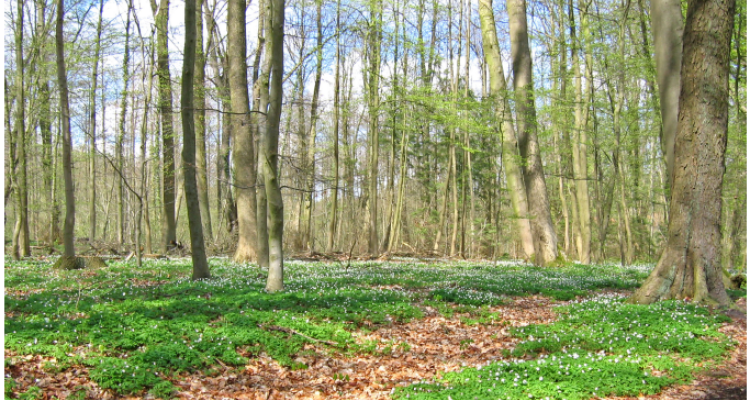
Colloquium
The Application of Mobile Laser Scanning in Forest Inventory
By Niamh Kelly
Abstract
Background: Mobile Laser Scanning (MLS) has been identified as a promising tool for forest inventory because of its time-efficiency and potential to retrieve highly detailed structural information. Despite numerous studies it is still rarely used in operational inventories, which mainly use conventional, manual methods. An update on the usability of MLS is needed as sensors, data processing algorithms and software rapidly improve and become cheaper.
Aim: To investigate if MLS is ready for use in a national forest inventory (NFI), by assessing the performance in comparison to the current inventory methods, the potential added value, and the interests of stakeholders.
Methods: Point cloud data was collected in nine Dutch NFI plots using a backpack-mounted laser scanner. FSCT, a deep learning-based processing algorithm, was used to automatically isolate trees from the point cloud. Plot-wise measurements of stem densities, height, DBH, Volume, canopy and understory cover were derived from the point clouds and from FSCT output, and subsequently compared to NFI data. Additionally, semi-structured interviews were held with six forest inventory stakeholders to assess their opinions and interests in MLS as an inventory method. Based on interviews some additional outputs were extracted from the MLS data.
Main findings: Data collection required, on average, 9 minutes per plot. Point cloud registration failed in a plot with high stem density, undergrowth and small trees. In open plots FSCT performed reasonably well in the isolation of individual trees but the number of stems in dense plots was underestimated. Trends in tree height and volume, as well as the distribution of DBH values were similar to those measured in the NFI but the deviation of absolute values was considerable for all variables, especially stem density and understory vegetation cover. All stakeholders saw potential advantages to the use of MLS in the NFI. These were mainly a potential improvement in accuracy compared to current methods and more quantitative and objective measurements of structural characteristics. However, there was a consensus that MLS is not reliable enough in an operational time-frame, mainly because of limitations in automatic processing. Additionally, certain variables like species information and damage to individual trees cannot be measured.
Conclusion: MLS is not ready for operational use in national forest inventories but has potential added value that is also recognised by stakeholders. Because there are some essential inventory variables that cannot be derived from point cloud data in the foreseeable future, a combined approach of conventional methods and MLS is recommended. This research has highlighted a need for more user-friendly processing pipelines that can provide sufficiently accurate results in an operational time-frame. Especially the step of individual tree isolation seems to be a bottleneck in the processing chain.